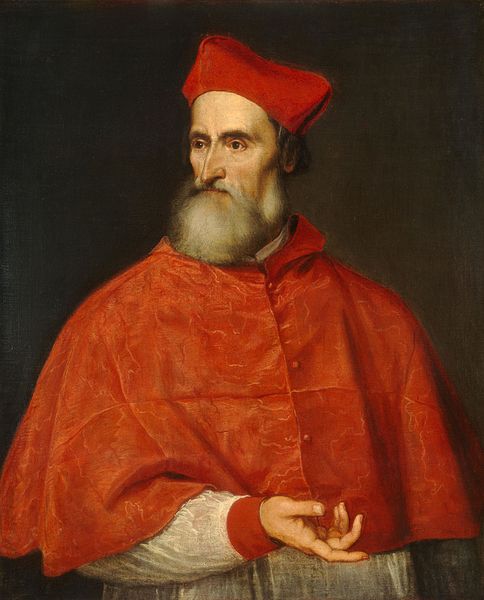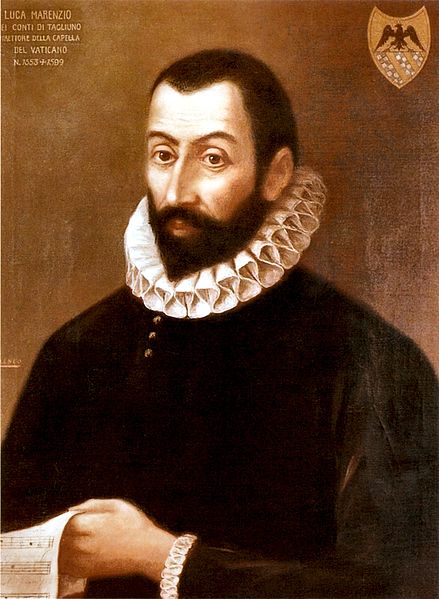Thomas Morley was an English composer, theorist, singer and organist of the Renaissance. He was one of the foremost members of the English Madrigal School. Referring to the strong Italian influence on the English madrigal, The New Grove Dictionary of Music and Musicians states that Morley was "chiefly responsible for grafting the Italian shoot on to the native stock and initiating the curiously brief but brilliant flowering of the madrigal that constitutes one of the most colourful episodes in the history of English music."
Title page of Morley's Plaine and Easie Introduction to Practicall Musicke (1597)
A madrigal is a form of secular vocal music most typical of the Renaissance and early Baroque (1600–1750) periods, although revisited by some later European composers. The polyphonic madrigal is unaccompanied, and the number of voices varies from two to eight, but usually features three to six voices, whilst the metre of the madrigal varies between two or three tercets, followed by one or two couplets. Unlike the verse-repeating strophic forms sung to the same music, most madrigals are through-composed, featuring different music for each stanza of lyrics, whereby the composer expresses the emotions contained in each line and in single words of the poem being sung.
The Lute Player (c. 1600) by Caravaggio. The lutenist reads madrigal music by the composer Jacques Arcadelt. (Hermitage, Saint Petersburg)
As a writer, Cardinal Pietro Bembo advocated using vernacular Italian (Tuscan dialect) for poetry and literature, which facilitated composers' creating lyrical styles for the madrigal musical form in 16th-century Italy. (Titian)
In the last twenty years of the 16th century, the madrigalist Luca Marenzio (1553–1599) was an influential composer until Monteverdi's Baroque-era transformation of the madrigal as a musical form.
The commemorative statue of the singer and publisher Nicholas Yonge (1560–1619), who introduced madrigals to England.





